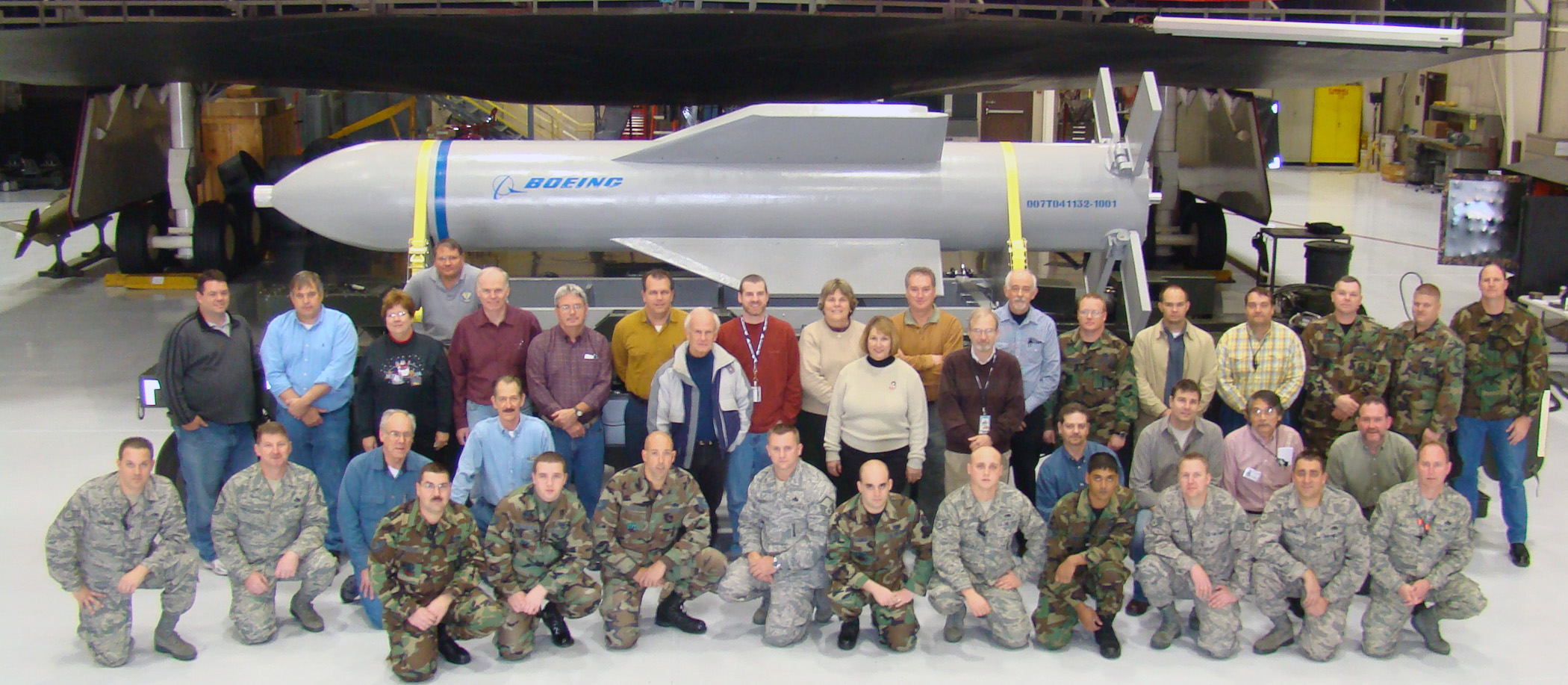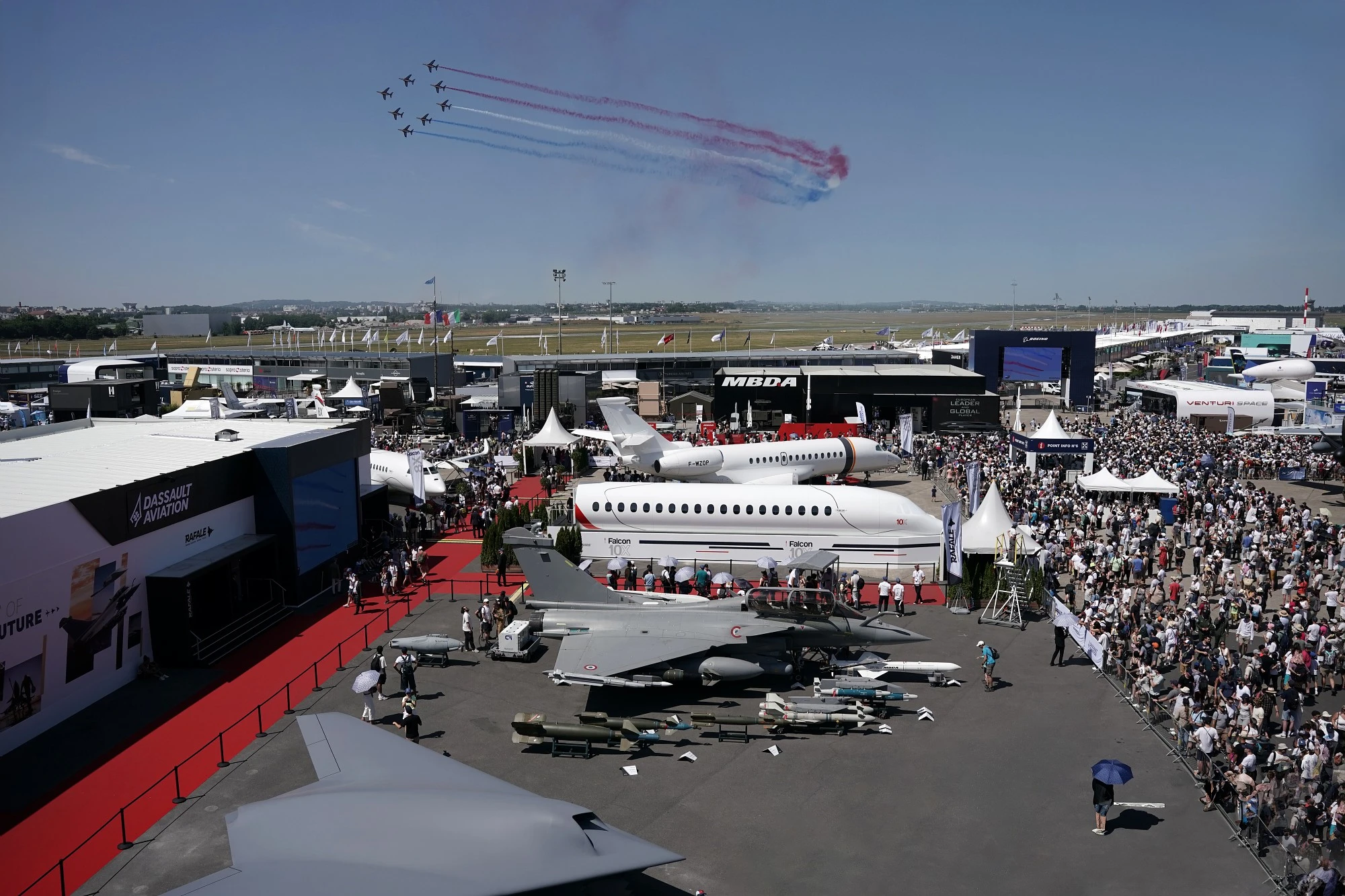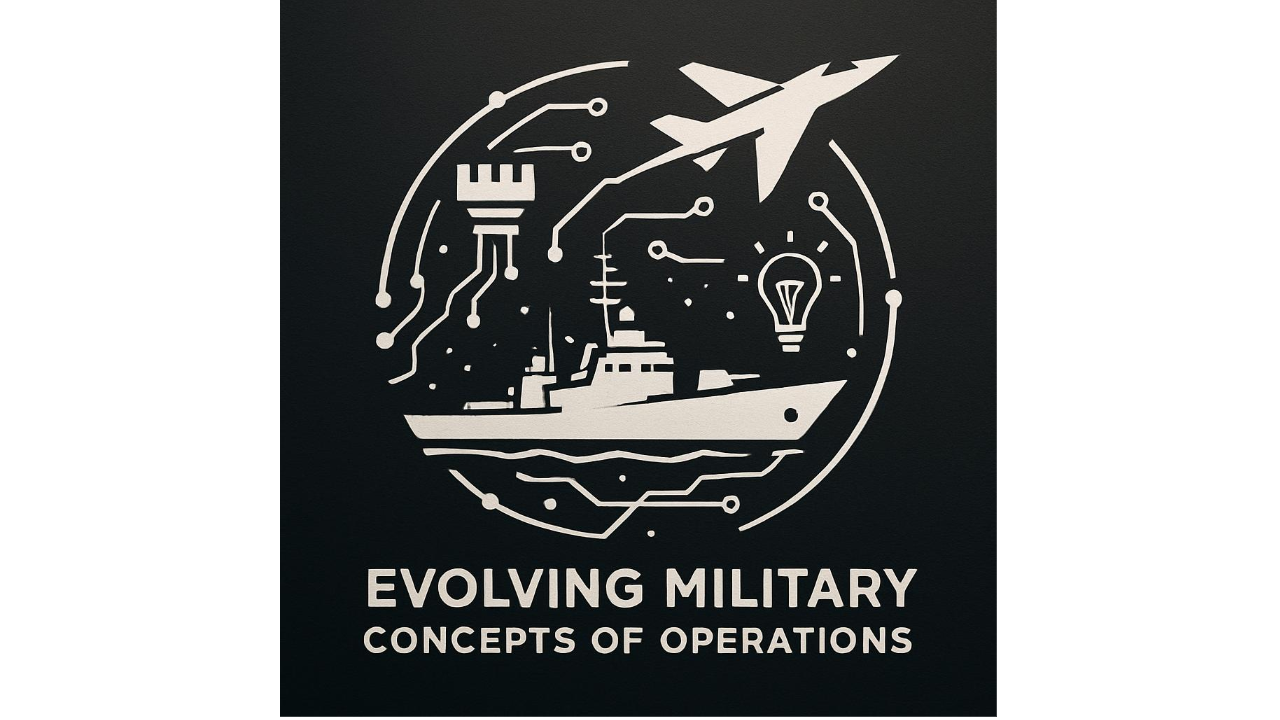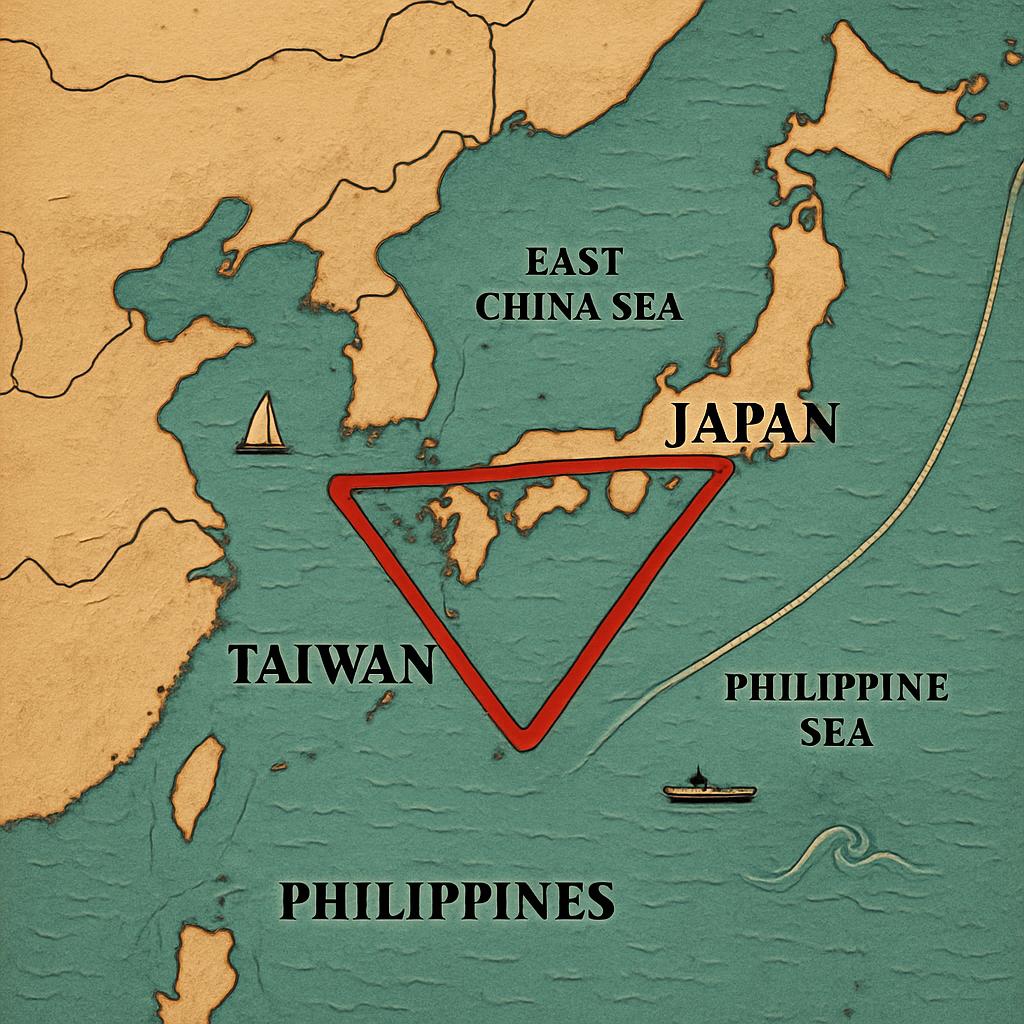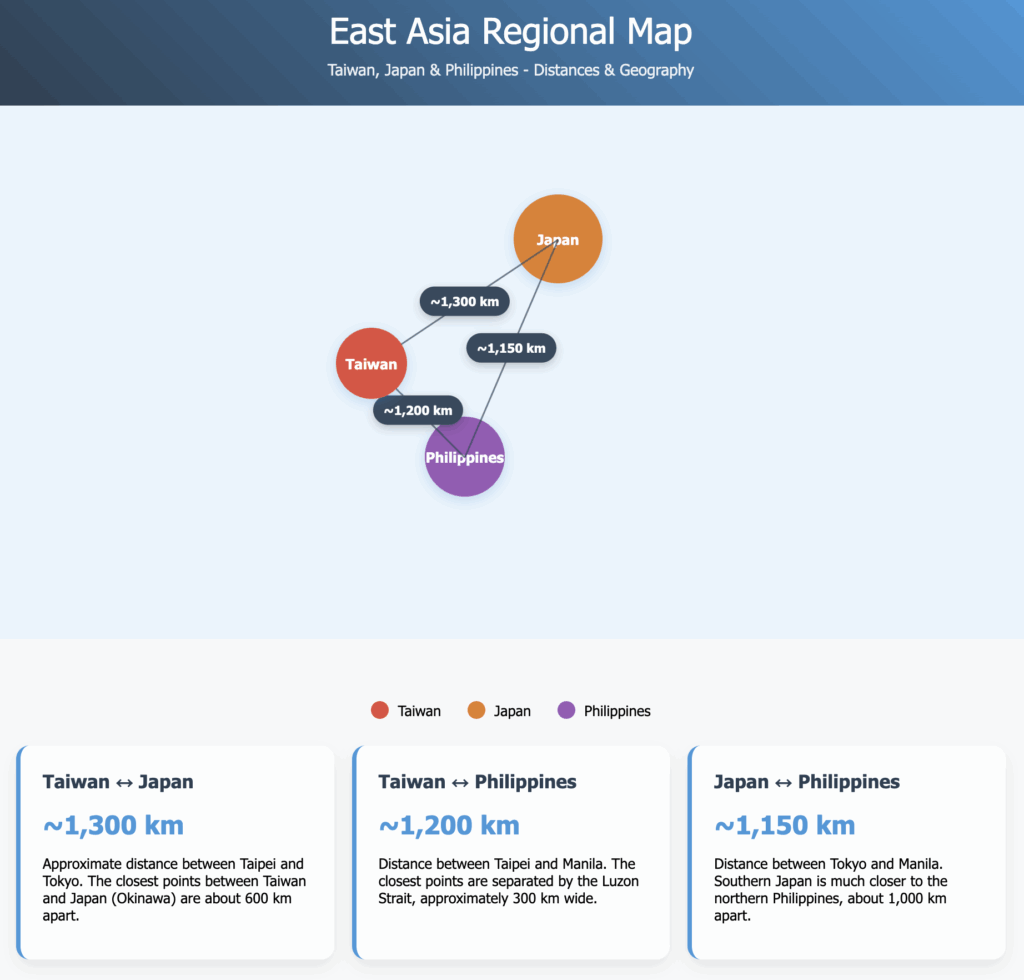By Robbin Laird
The recent operations Midnight Hammer and Rising Lion represent the culmination of decades of strategic airpower investment, demonstrating how prescient weapons development from the early 2000s enabled decisive military options in 2025.
However, these successes have exposed critical capacity limitations that require immediate attention to maintain credible deterrence in an increasingly multipolar world.
The Strategic Genesis: Anticipating Iran’s Nuclear Challenge (2004-2010)
The development of the GBU-57 Massive Ordnance Penetrator (MOP) began in 2004 as a direct response to Iran’s strategic decision to bury its nuclear infrastructure deep underground.
By 2010, the strategic calculus driving MOP development had crystallized around a specific challenge. Iran, learning from Israel’s successful strikes on Iraq’s Osirak reactor in 1981 and Syria’s nuclear facility in 2007, had embarked on a different approach to nuclear development.
Rather than building vulnerable above-ground facilities, Iran was constructing its most critical nuclear infrastructure deep underground, protected by hundreds of feet of rock and reinforced concrete.
Major General C.R. Davis, who led weapons development at Eglin Air Force Base, exemplified the forward-thinking approach needed for this challenge. This created what Major General Davis described in 2010 as a fundamental challenge in weapons development: “This process must start with future target set playing a key role in leading the design process. The process must not start with a set of constraints defined by specific legacy platform dimensions.”
The MOP’s development timeline reveals the prescient nature of this investment:
- 2004: Defense Threat Reduction Agency launched the MOP project
- 2005-2007: Boeing completed concept refinement specifically targeting Iranian-type facilities
- 2007: First static detonation test validated explosive capabilities
- 2008-2010: Flight testing phase, concurrent with Iran’s Fordow facility construction
In the case of the MOP, the anticipation was exactly right. The weapon system was developed specifically with Iran’s nuclear program in mind, and when diplomatic efforts failed to prevent Iran’s nuclear advancement, the military option was ready.
Israeli Strategic Vision: The F-35 as Revolutionary Capability (2011)
Paralleling U.S. weapons development, Israeli defense leaders recognized the transformational potential of fifth-generation aircraft. In a prescient 2010 interview, retired General Herzl Bodinger, former Chief of the Israeli Air Force, articulated the need for revolutionary rather than evolutionary capabilities.
General Bodinger: “There comes a time that you have to make a leap forward in combat capability which we plan to do with the F-35.”
His insights about the changing threat environment proved remarkably accurate:
“The effort is to provide new capabilities against our aircraft and to do so by using various means including, ground-to-air missiles of different kinds. And against the ability of Israel to retaliate, and to attack this very small country, a country with no strategic depth. Our adversaries are relying on the proliferation of missiles, both surface-to-air and the ground-to-ground to prevail… So, the correct way to go, which we watched very carefully, was what the F-117 introduced at first. The idea of low observable and low radar cross section, and it really looks a newer way to go.”
“For us, this will be the F-35. Because it can lead the way, and it can reach the targets. It can fly over any point over the Middle East, and strike any target.”
Operation Rising Lion: Validation of Israeli Investment (June 13, 2025)
Israel’s Operation Rising Lion demonstrated the strategic value of its F-35 investment.
Just after midnight on June 13, 2025, an Israeli operation codenamed Rising Lion unfolded in two distinct but mutually reinforcing acts.
First came swarms of small explosive drones that Israeli commandos had reportedly pre-positioned inside Iran months earlier, striking air-defense radars and communications nodes, while decoying attention toward Tehran’s western approaches.
Minutes later, over 200 Israeli fighter aircraft — many of them F-35 Adirs carrying standoff munitions — conducted precision strikes against more than 100 nuclear and military targets across Iran, including senior military leaders.
The operation showcased several technological advances:
- Israeli F-35 Modifications: Reports about the F-35I indicate Israel modified them to reach Iran without refueling and without sacrificing their stealth capabilities. Israel identified this capability back in 2022, but there is still no indication of what it means exactly.
- Operational Results: The operation involved approximately 200 Israeli aircraft conducting coordinated strikes across multiple Iranian targets, with F-35I fighters spearheading the initial penetration missions into heavily defended Iranian airspace. This marks the largest combat deployment of F-35 aircraft in history and validates Israel’s unique modifications to the platform for long-range precision operations.
- Strategic Deception and Intelligence: Israeli intelligence had pre-positioned precision-guided drones and explosive systems across Iranian territory, including near Tehran. These assets were concealed and dormant, bypassing Iran’s air defenses. The lack of external flight paths meant Iran’s alarm systems did not activate.
Operation Midnight Hammer: U.S. Strategic Capability Demonstration (June 22, 2025)
Nine days after Rising Lion, the United States launched Operation Midnight Hammer, demonstrating the maturation of capabilities developed over two decades.
The operation included more than 125 US aircraft, “dozens” of aerial refueling tankers, a guided missile submarine and approximately 75 precision guided weapons… Caine said the mission, dubbed Operation Midnight Hammer, included seven B-2 Spirit bombers that flew east from Whiteman Air Force Base in Missouri to Iran.
At about 6:40 p.m. ET, or 2:10 a.m. in Iran, the lead B-2 dropped two “bunker-buster” bombs known as the GBU-57 Massive Ordnance Penetrators, or MOPs, on the site at Fordo… Over the next 25 minutes, Caine said, a total of 14 MOPs would be dropped on targets at Fordo and Natanz.
More than 125 aircraft, including 7 B-2 stealth bombers, snuck into Iran while other B-2s were sent to Guam as decoys… In fact, two flights of B-2 Spirits, callsigns MYTEE 11 flight and MYTEE 21 flight, each comprising four aircraft, departed from Whiteman Air Force Base, Missouri, in the early hours of Jun. 21, 2025. Their destination was confirmed as Andersen Air Force Base, located on the Pacific island of Guam.
The Sobering Reality: Capacity Constraints and Strategic Implications
Despite the operational success, both operations reveal critical limitations that threaten future deterrence credibility.
Yet what the American public didn’t see was this: That one-day operation maxed out our available long-range stealth strike capability. The U.S. Air Force only fields 19 B-2 bombers, and they are more than 30 years old. Although the B-52 fleet remains a workhorse, it just turned 73 years old. Also, a good percentage of our GBU-57 bunker-buster stockpile was used in a single night.
Today, the U.S. Air Force is the oldest, the smallest and the least ready in its history. That’s not an opinion — it’s a fact and a strategic liability. Over 30 years of underinvestment in Air Force modernization and spares has left us dangerously thin in aircraft, munitions and trained crews.
The contrast in readiness rates highlights the importance of sustained investment: Israeli F-35 fleet: Nearly 90% readiness rate with the U.S. F-35 fleet: Slightly above 50% readiness rate.
Strategic Requirements
According to a recent essay by my friend General Deptula and Rep. August Pfluger (R-Texas), there is a clear need to accelerate and scale the B-21 Raider program. We need to dramatically grow our F-35 inventory — aircraft that proved pivotal in gaining air superiority over Iran. New types like Collaborative Combat Aircraft will also prove crucial. We need to build munitions stockpiles that can support more than a one-night raid.
Operation Midnight Hammer proved what American airmen can do. Now it’s time for Congress to prove that it understands what’s at stake. America must not let this stunning success become a historical footnote because we failed to prepare for what comes next.
The convergence of strategic vision from the 2000s with operational reality in 2025 demonstrates both the power of prescient defense investment and the critical need for sustained modernization. While Operations Rising Lion and Midnight Hammer showcased unparalleled technological superiority, they also revealed capacity constraints that threaten future deterrence credibility.
The path forward requires recognizing these operations not as the culmination of past investments, but as the foundation for an essential expansion of airpower capabilities in an increasingly dangerous multipolar world. The president needs options, and airpower provides those options—but only if the capacity exists to sustain them beyond a single night of operations.
Featured image of an historical moment: Weapon specialists gather in front of a mock up of the Massive Ordnance Penetrator and the B-2 weapons load trainer Dec. 18 at Whitman Air Force Base, Mo. U.S. Air Force photo.
Also, see the following:
From Development to Deployment: The GBU-57 MOP’s Journey from Eglin AFB to Iran
https://thehill.com/opinion/national-security/5372479-air-force-funding-dollars/


